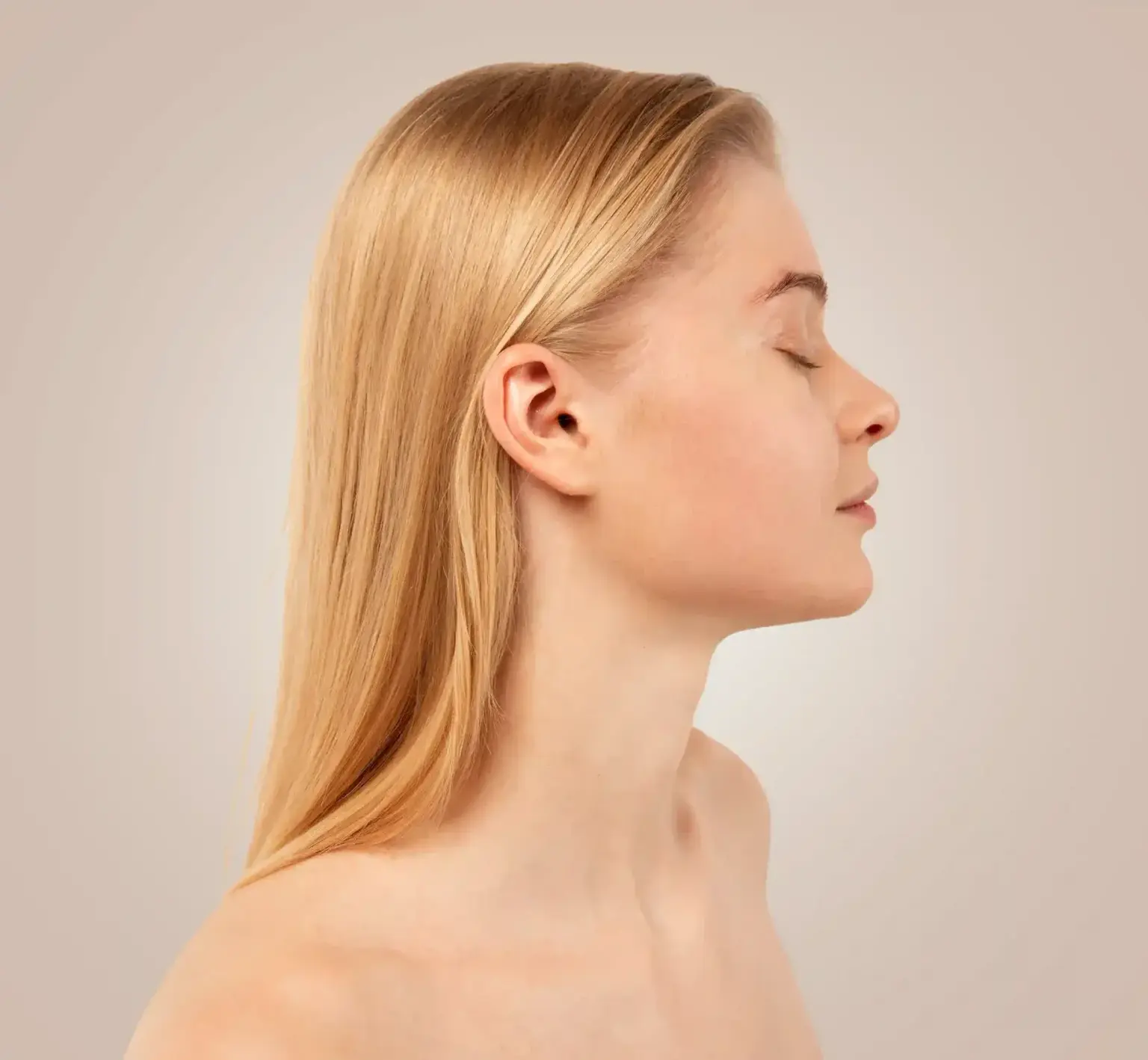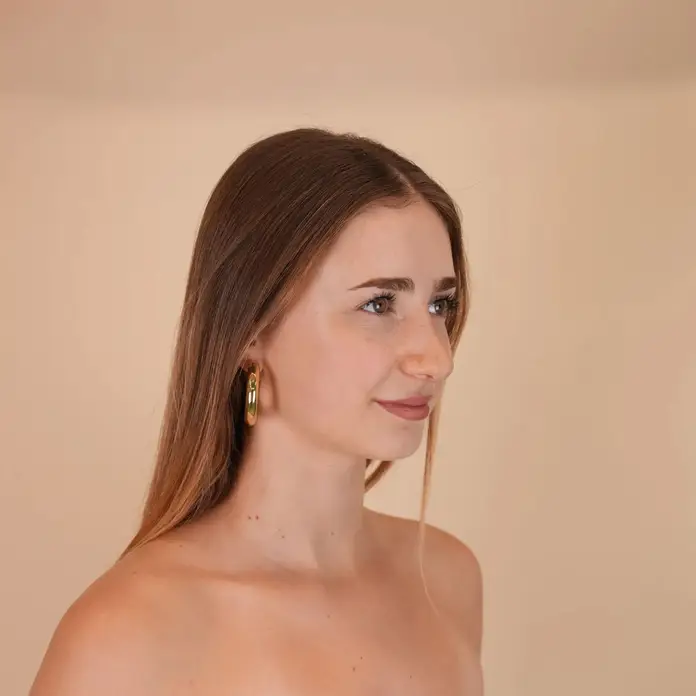Secondary Rhinoplasty: Perfect your nasal profile
From 4500€
Surgery duration
2-4 hours
Anesthesia
General
Postoperative Rest
No rest required
Visible effects
Immediately
Recovery
1 week
Results
Life-long
We are not a franchise
We have our own medical team
What is secondary Rhinoplasty?
Secondary rhinoplasty, also known as revision rhinoplasty, is a surgical procedure designed to correct or enhance the results of a previous rhinoplasty. It is typically performed when a patient is dissatisfied with the aesthetic or functional outcomes of their first nose surgery, whether due to structural issues, breathing problems, or appearance concerns.
How is secondary Rhinoplasty done?
Secondary rhinoplasty is a customized procedure that is tailored to meet each patient’s specific needs. The intervention typically follows these steps:
- Initial Consultation: The process begins with a thorough consultation where the surgeon assesses the current nasal structure, discusses the patient’s concerns, and reviews the results of the first rhinoplasty. This phase helps identify areas that need correction or improvement.
- Procedure Planning: Based on the initial evaluation, the surgeon develops a personalized surgical plan. In more complex cases, cartilage grafts (taken from the nasal septum, ear, or ribs) may be needed to rebuild or reinforce the nasal structure.
- Surgery: The procedure can be performed under general or local anesthesia, depending on the extent of the correction needed. During surgery, the surgeon makes the necessary incisions to access the nasal structure, correct any issues, and reshape the nose to achieve the desired result.
- Recovery: After surgery, splints and bandages are placed to protect the nose and aid healing. The surgeon checks the immediate results to ensure that corrections were made as planned.
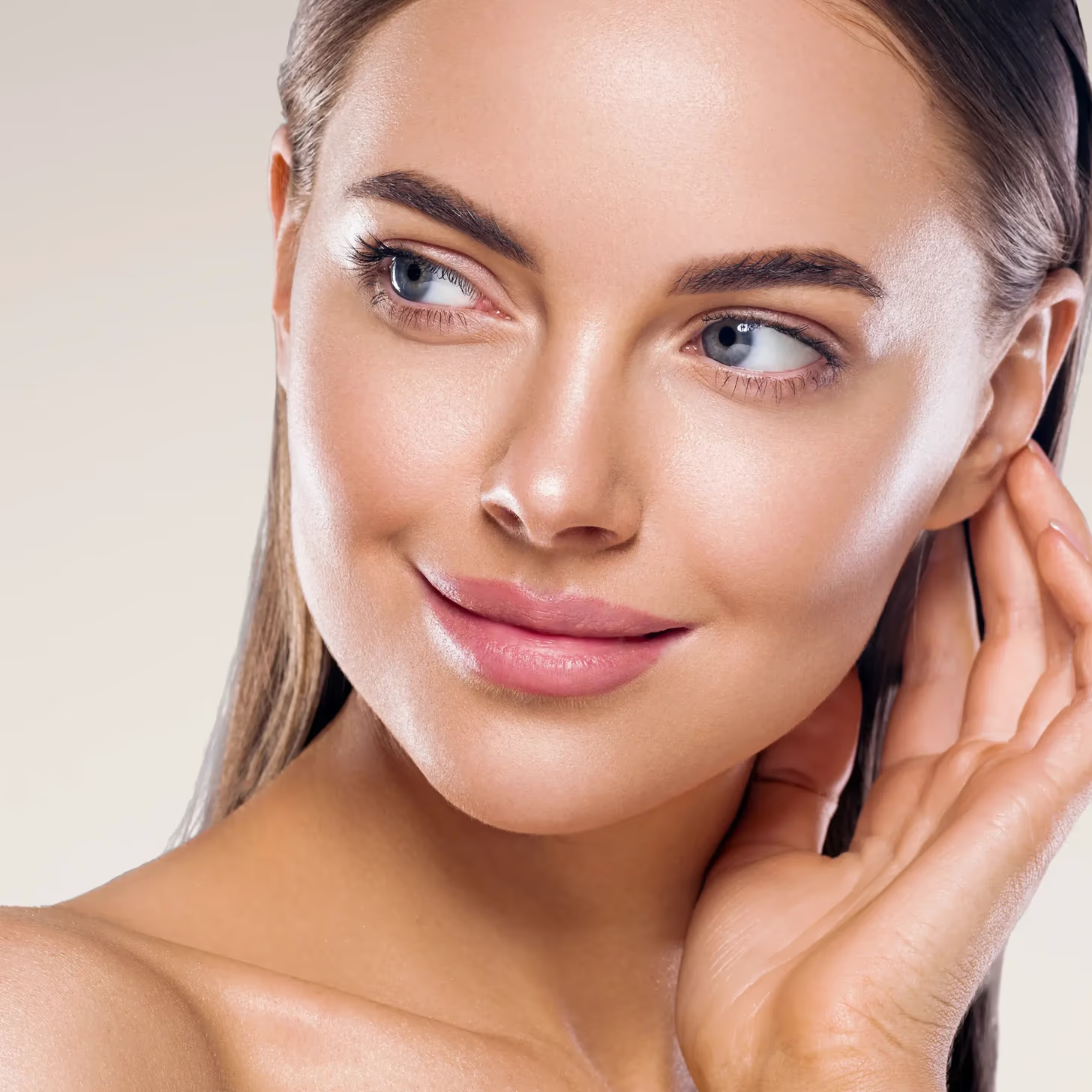
Before and after photos of a secondary rhinoplasty
Resultados naturales
secondary rhinoplasty
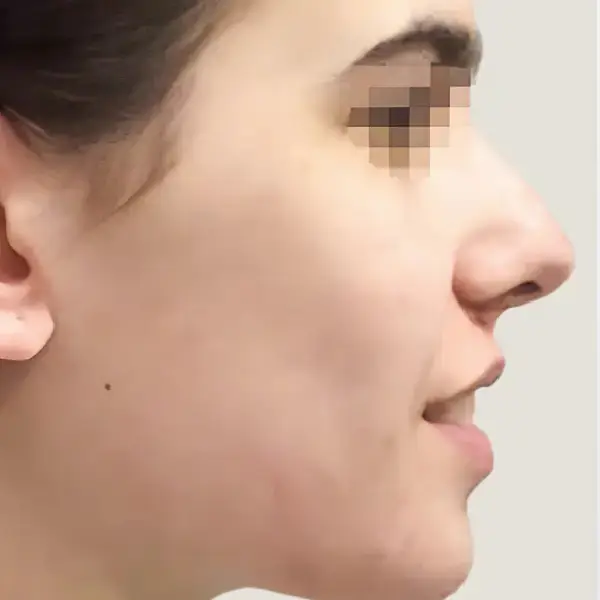
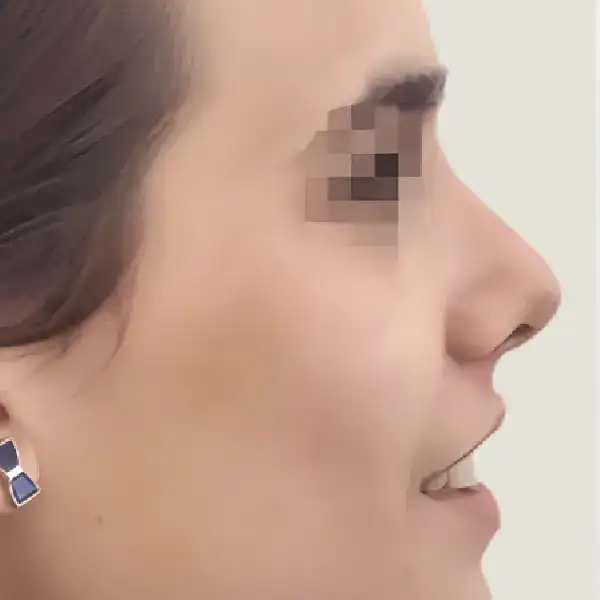
secondary rhinoplasty
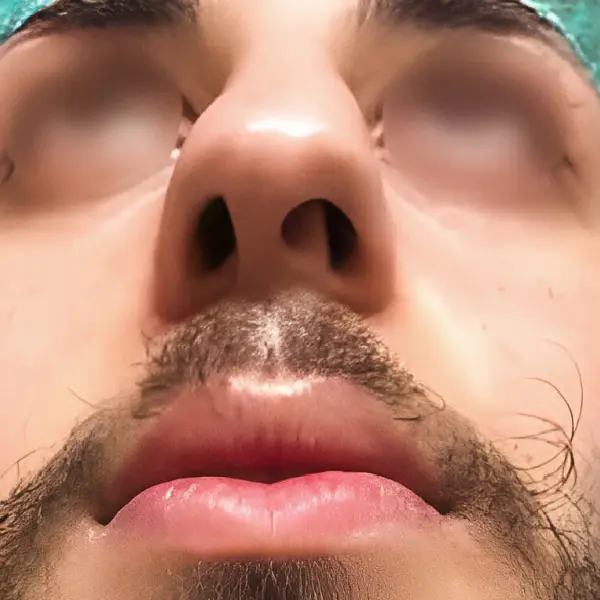
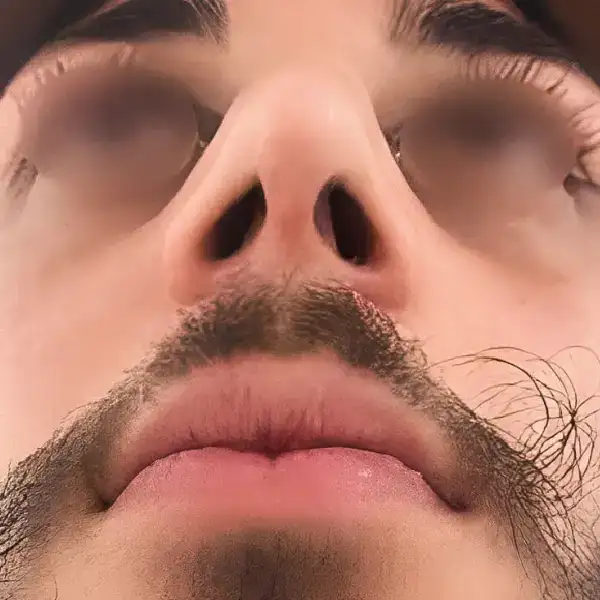
secondary rhinoplasty
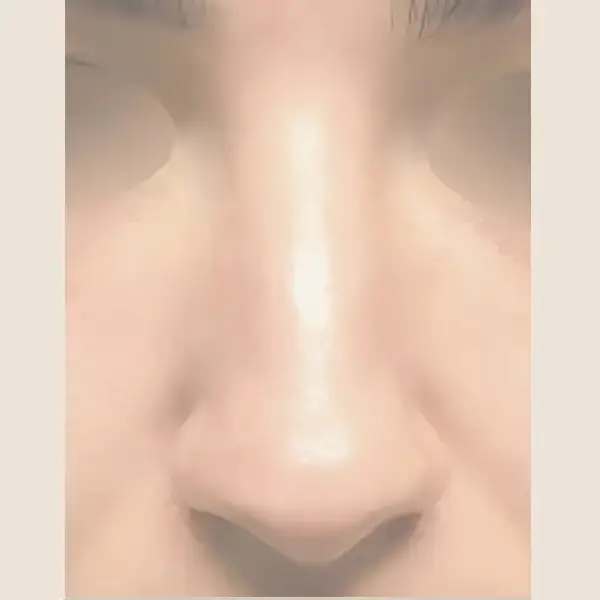
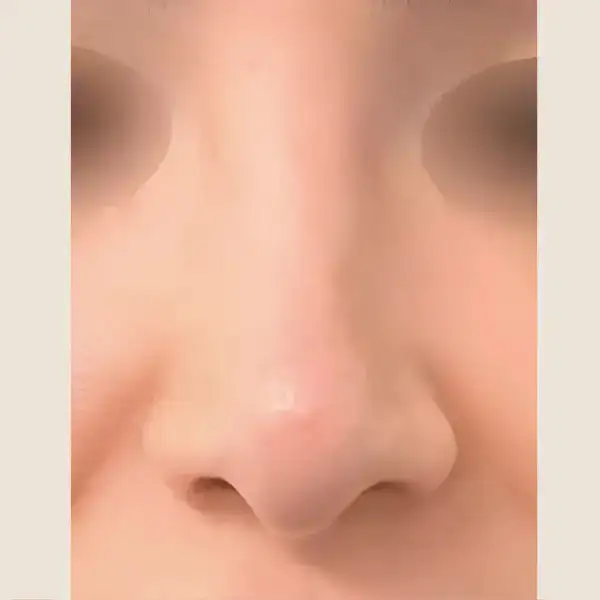
Who is a good candidate for a secondary rhinoplasty?
A secondary rhinoplasty is recommended for people who:
- Are dissatisfied with the aesthetic outcomes of their first rhinoplasty due to asymmetry, imperfections, or unwanted changes.
- Experience breathing difficulties after the initial surgery.
- Have waited at least one year after their first rhinoplasty and have discussed their concerns and expectations with a specialized surgeon.
Preoperative tests for a secondary Rhinoplasty
Before undergoing secondary rhinoplasty, several tests and evaluations are conducted to ensure you are in optimal condition for surgery:
- Nasal structure evaluation: The surgeon performs a detailed evaluation of the nasal structure, reviewing images from the first surgery to pinpoint issues that need correction.
- General medical tests: These include blood tests, respiratory function tests, and any other assessments deemed necessary by the surgeon to ensure your safety during surgery.
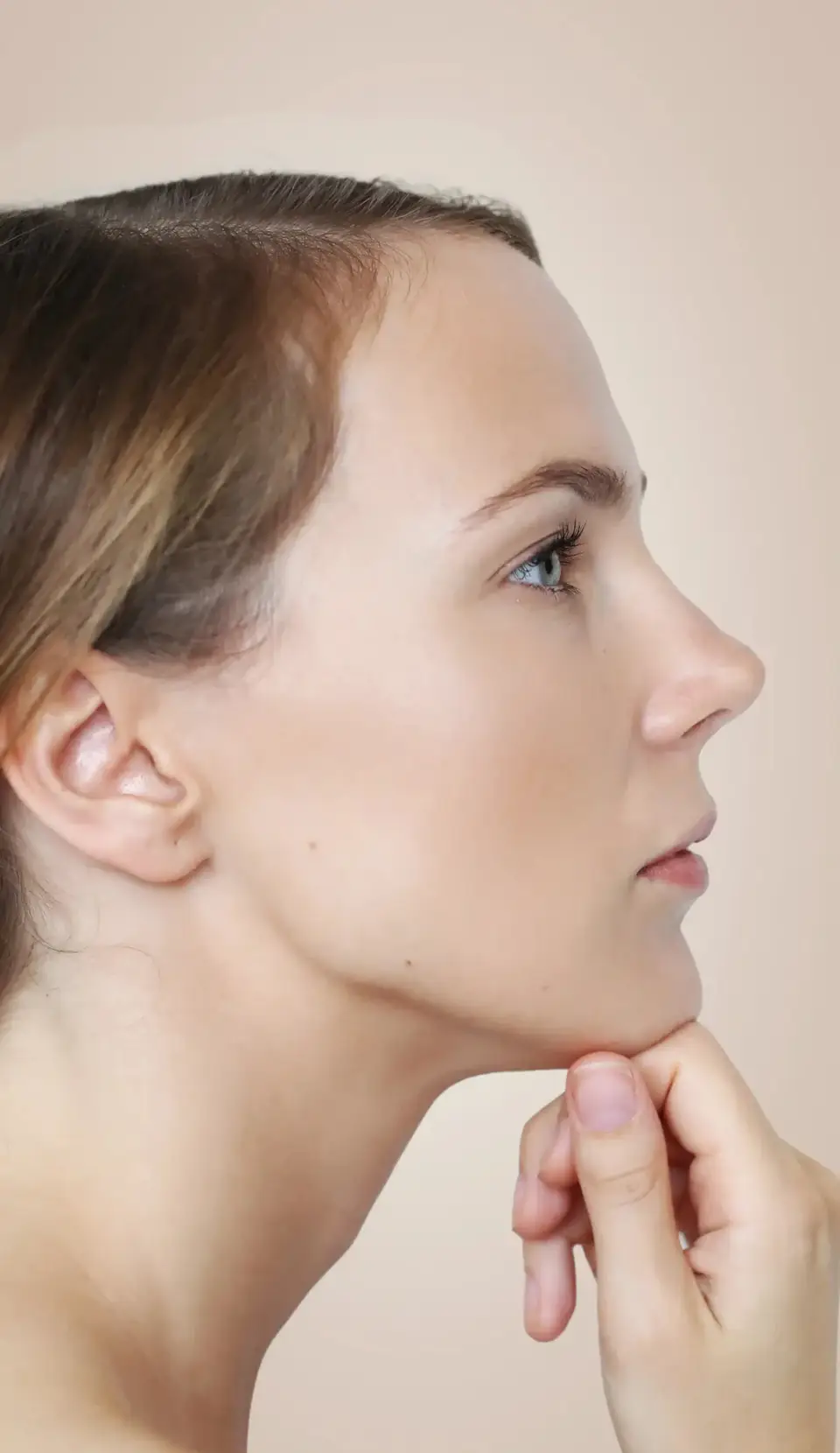
Postoperative care for secondary Rhinoplasty
Regular follow-up appointments are crucial to monitor recovery and assess the final results. These evaluations typically include:
- Regular Check-ups: The surgeon schedules follow-ups to monitor healing, assess swelling reduction, and make any necessary adjustments.
- Functional Evaluation: If secondary rhinoplasty includes functional corrections, the surgeon will also evaluate breathing function to ensure there are no complications.
Enhances aesthetics
Improves breathing
Boosts self-esteem
Corrects asymmetry
How much does a Secondary rhinoplasty cost?
The cost of secondary rhinoplasty can vary widely depending on the complexity of the case and the surgeon's experience. Typically, prices range from 4500€ to 7995€.
Factors that influence the cost of secondary rhinoplasty
- Complexity of the Case: Correcting issues from a previous rhinoplasty can increase the cost due to the difficulty of the procedure.
- Type of Anesthesia: The choice between general or local anesthesia with sedation will affect the total cost.
- Pre- and Postoperative Costs: Preoperative tests, consultations, and postoperative follow-up visits all contribute to the final price.
- Need for Grafts or Implants: If cartilage grafts or additional materials are required, the cost may increase.
- Surgical Technique Used: The choice between closed or open rhinoplasty affects the price.
- Surgery Duration: More complex procedures that take longer tend to be more expensive due to the extended time in the operating room and the resources required.
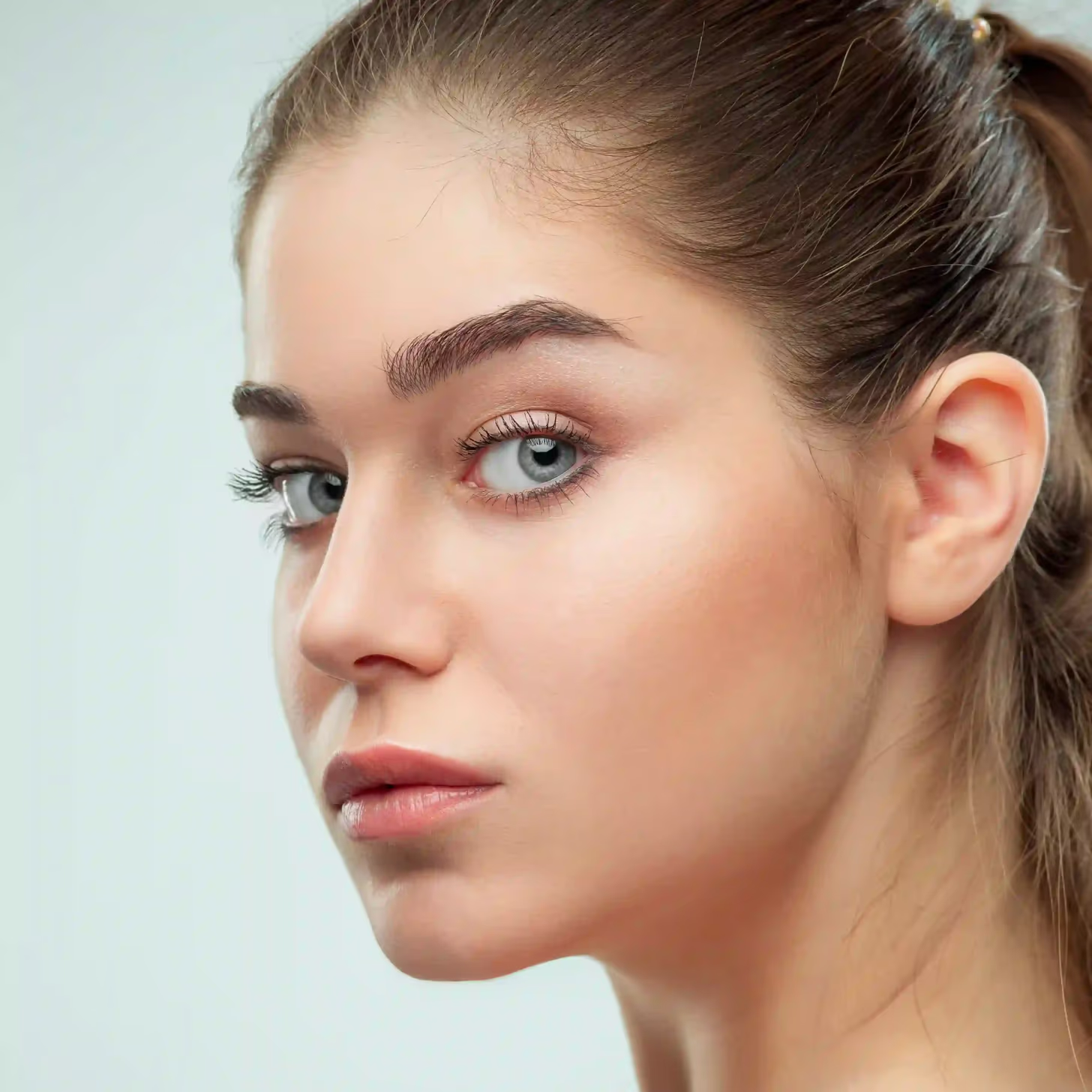
Where can I get a secondary rhinoplasty?
At Clínica EGOS, we want you to feel comfortable and supported at all times. That’s why we offer secondary rhinoplasty procedures at several of our clinics.
Frequently asked questions about secondary rhinoplasty
When is the right time for secondary rhinoplasty?
The ideal time is usually one year after your first rhinoplasty, allowing enough time for swelling to subside and to fully assess the results of the initial surgery.
Is it more complicated than primary rhinoplasty?
Yes, secondary rhinoplasty tends to be more complex as the surgeon is working with altered tissue from the initial surgery. Scar tissue and changes in nasal anatomy can make the procedure more challenging.
How long does recovery take?
Initial recovery takes about 1 to 2 weeks for swelling to subside, with final results becoming visible after 6 months to a year.
¿Puedo esperar resultados Can I expect permanent results??
Yes, secondary rhinoplasty results are generally permanent. However, the nose will continue to age naturally over time.
What are the risks associated with secondary rhinoplasty?
The risks associated with secondary rhinoplasty include:
- Complicated scarring: Since the tissue has already been manipulated, healing may be slower or result in visible scars.
- Infection: As with any surgery, there is a risk of infection in the operated area.
- Asymmetry: The results may not be completely symmetrical, which could require additional touch-ups.
- Difficulty breathing: Alteration of the nasal structures can affect breathing if not properly corrected.
- Prolonged swelling: Swelling may take longer to resolve compared to a primary rhinoplasty.
- Loss of sensation: It is common for the operated area to experience temporary numbness.
- Skin necrosis: In rare cases, tissue death may occur due to disrupted blood flow during the surgery.
Why would I need secondary rhinoplasty?
You may require secondary rhinoplasty if you're dissatisfied with the results of your first surgery, have breathing issues, or need to correct structural problems that were missed initially.
Is secondary rhinoplasty more complicated than primary rhinoplasty?
Yes, secondary rhinoplasty is usually more challenging due to scar tissue, altered nasal anatomy, and the need to address previous mistakes or unsatisfactory results.
What techniques are used in secondary rhinoplasty?
Techniques include both open and closed rhinoplasty, with some cases requiring cartilage grafts to rebuild or strengthen the nasal structures.
What if I have functional problems, such as difficulty breathing?
Secondary rhinoplasty can address functional issues like breathing problems caused by the first surgery, helping to restore normal airflow and improve nasal function.
Can I have secondary rhinoplasty if I have thick skin?
Yes, secondary rhinoplasty can be performed on patients with thick skin. However, it may require additional techniques to achieve the desired aesthetic results.
Where are the grafts taken from in secondary rhinoplasty?
Grafts can be taken from the nasal septum, ear, or rib cartilage, depending on the complexity of the necessary correction.
What are the differences between secondary and tertiary rhinoplasty?
Tertiary rhinoplasty refers to surgery performed after two previous rhinoplasties. It is typically more complex than secondary rhinoplasty due to further tissue alterations.
Does secondary rhinoplasty hurt more than primary rhinoplasty?
Secondary rhinoplasty may cause more discomfort due to the presence of scar tissue from the first surgery. However, pain is usually manageable with prescribed pain medication.

Treatments related to rhinoplasty surgery
Our secondary rhinoplasty team
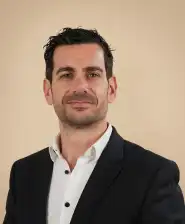
Dr. Tiago Gomes
My main goal in every secondary rhinoplasty is to restore the facial harmony that may have been compromised by previous surgeries. Each patient arrives with unique expectations and experiences, and my job is to restore both nasal function and aesthetics while always respecting the natural features of the face. Secondary rhinoplasty requires a precise and personalized approach, and my priority is that each procedure represents a step forward—not only in terms of appearance but also in functionality.
More information about Dr. Tiago Gomes
Dr. Santiago Elvira i Barberà
When I perform a secondary rhinoplasty, my priority is to correct not only the aesthetic aspects but also any functional complications that may have arisen from previous procedures. My experience has taught me that each nose presents a unique challenge, and I approach every case with meticulous attention to detail to achieve a natural and balanced appearance. My goal is not only to improve the shape of the nose but also to help my patients breathe better and feel more confident in themselves.
More information about Dr. Santiago Elvira i Barberà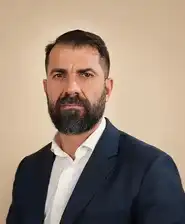
Dr. Francisco Mora
I recommend secondary rhinoplasty in cases where the previous surgery did not achieve the expected results or has caused deformities. My approach is to restore my patients’ confidence through a technique that preserves their unique facial features, achieving a nose that naturally complements their face. Precision is essential in this type of procedure, and I make sure every decision I take is guided by experience and a deep understanding of nasal anatomy.
More information about Dr. Francisco Mora
Dr. Edgar Carmona
In secondary rhinoplasty, the challenge is not only to improve the appearance of the nose but also to repair any structural damage that may remain. With years of experience in this type of complex surgery, I’ve learned that each procedure must be approached with delicacy and precision. My goal is for every patient to leave the operating room with a nose that not only looks better but also breathes better, helping them feel more confident and happy with their appearance.
More information about Dr. Edgar CarmonaLoading...
Our patients say about EGOS
Average rating: 4.9 / 5
